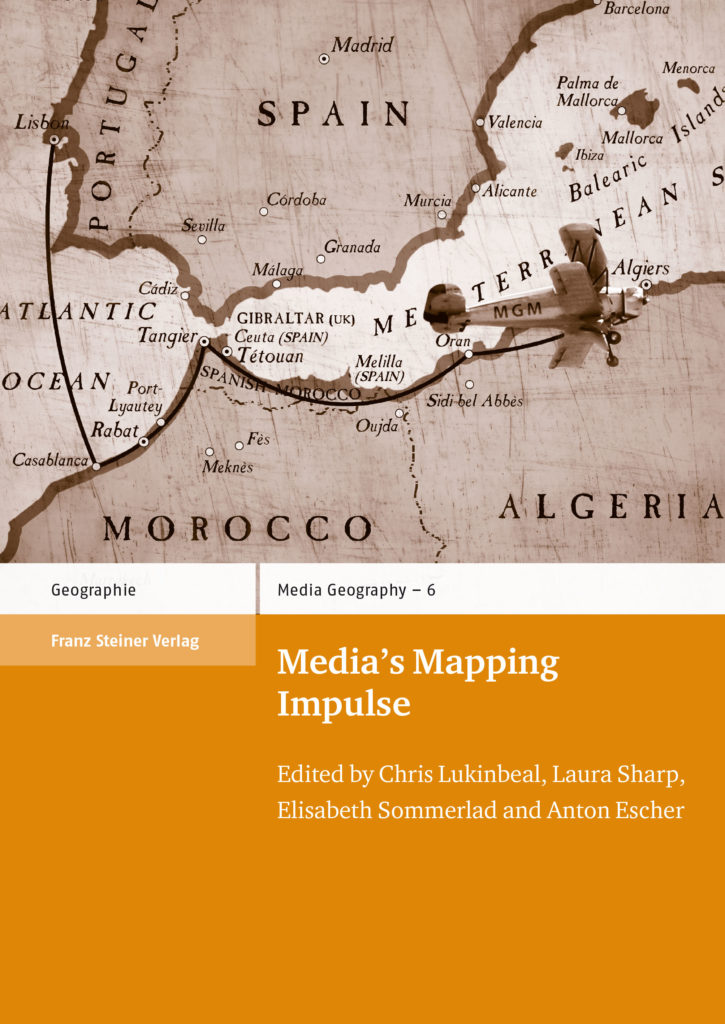Alex Gekker and Sam Hind in Media’s Mapping Impulse (Franz Steiner Verlag, 2019), 141-160.
This chapter tackles the entrenched ontological divide between the map and the territory, both as a theoretical construct in (post-)modern philosophical thought and in its capacity to inform various cartographic endeavors. In the following, we wish to demonstrate how such a dichotomy is not necessary for, and might even be harmful to, our conceptualization of those two objects and the relations between them. We do so by turning to the ongoing convergence (Jenkins 2006) of driving and media practices, previously separate types of human activity that are becoming increasingly connected through two related phenomena: social driving and automated cars. The relation between driving and media consumption is not new. Winfried Schulz (2004), for example, uses listening to the radio while driving as an example of what he calls the amalgamating effect of media. According to Schulz, when media consumption becomes ubiquitous, previously separate activities habituate into new patterns. These change the structure and meaning of each: driving a car in silence might become strange to a commuter, for instance, or radio stations, previously an independent and dominant force in the media institutions landscape, become reliant on a particular kind of a driving listener, changing content and schedule to accommodate her or him.
